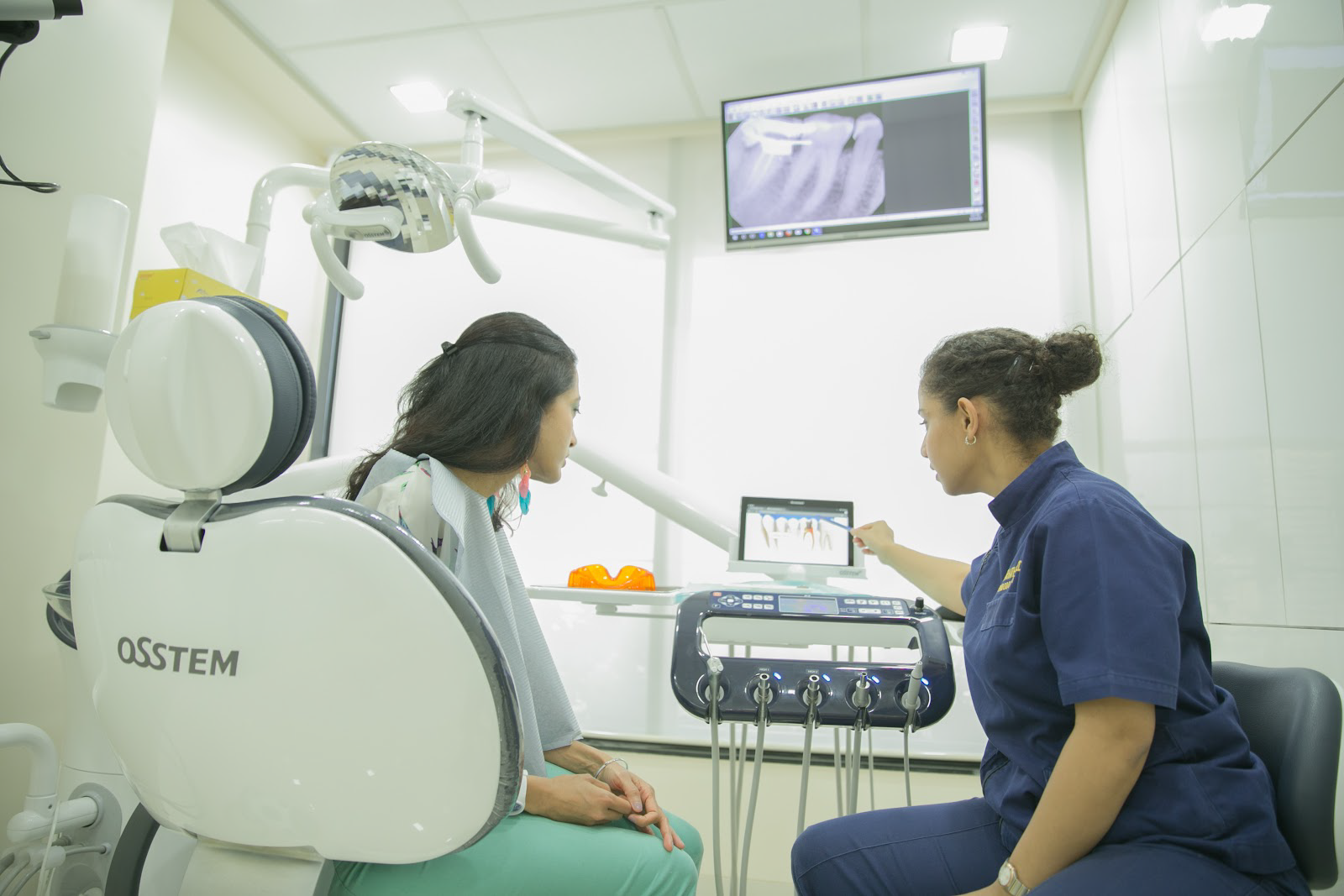Step-by-Step Guide to Different Stages of Root Canal Treatment
The phrase revolutionary does no justice to how modern technology has transformed root canal into a simple routine dental procedure. Root canals are performed on infected teeth to relieve pain and retain a patient’s natural tooth.
The premier root canal specialists in Mumbai have shared a basis on how to best cover the entire procedure and process of a root canal surgery and how to achieve the best results.
1. Preparing the Area
To begin with, the area mandated an anesthetic injection. We applied a numbing gel or spray first to ensure maximum comfort. We followed the gel with an injection to further relax the patient.
2. Gaining Access to the Tooth
The dentist drills a small opening in the tooth to access the pulp chamber, where the infection resides. A rubber dam is placed to isolate the tooth, preventing saliva from contaminating the treatment site. The dentist then determines the exact length of the tooth using an electronic locator.
3. Evaluating the Tooth Under a Microscope
This is one of the most crucial parts of the surgery. At The Dental Bond, we pride ourselves in offering the most advanced dental equipment. As part of the procedure, we offer a dental microscope specifically designed for magnifying and illuminating the affected area. This ensures all infected tissue is extricated, thereby preventing reinfection from occurring.
4. Shaping and Cleaning the Canals
After removing the infected pulp, the dentist shapes the canals using fine instruments. Specialized solutions disinfect the area. At The Dental Bond, we take an extra step by using laser technology for final disinfection, ensuring a bacteria-free canal.
5. Filling the Canals
Once cleaned and shaped, the canals are sealed with gutta-percha, a biocompatible material, along with a sealing cement. This prevents future infections.
6. Restoring the Tooth Structure
The dentist fills the access cavity with a strong material. In some cases, a fiber post and core build-up strengthen the tooth before placing a dental crown.
7. Healing and Medication
The dentist may prescribe medications to reduce inflammation if necessary, but not all cases require them.
8. Placing a Dental Crown
A dental crown restores the tooth’s strength and function. At The Dental Bond, we use E.max lithium disilicate crowns (Ivoclar Vivadent, Switzerland) for superior bonding, aesthetics, and durability. These crowns allow X-ray evaluation without removal, ensuring long-term monitoring.
Root canal treatment is a painless and highly effective way to save a natural tooth. If you’re experiencing tooth pain or sensitivity, don’t delay treatment. Book your appointment today at The Dental Bond for a comfortable and expert-guided dental experience!
